
“I don’t know how to write!” said Isaac, unsure of how to spell the word ‘show’. As a young teacher, I assumed that once children were given the knowledge of letter sounds, the rest simply followed. The ‘rest’ involved the skills of blending for reading and segmenting for spelling. How wrong I was!
My understanding of these two skills gradually deepened and I explicitly taught students how to blend. While the majority were fluent and accurate when reading regular words, I – again – assumed that segmenting would naturally develop alongside. Wrong again! My experiences with teaching young students to read and write was a learning journey – not only for my students, but for me as well.
For most of our students, segmenting is not automatic. It is not ‘caught’ like one catches a cold; children need to be explicitly taught how to listen to sounds in words so that they can segment words into phonemes. As a classroom teacher of 5- and 6-year-old students, I knew the benefit of the segmenting skill to spell unfamiliar words; especially as the phonological form of spelling requires segmenting as one of the strategies.
While blending and segmenting go hand-in-hand, this blog focuses on the skill of segmenting as one of the necessary skills for reading, writing and – in particular – spelling. You can also read my blog post on teaching children to blend.
Segmenting is the ability to break up spoken words into their separate sounds. For example, as we spell the word ‘fish’, we segment it into its three sounds, also known as phonemes.
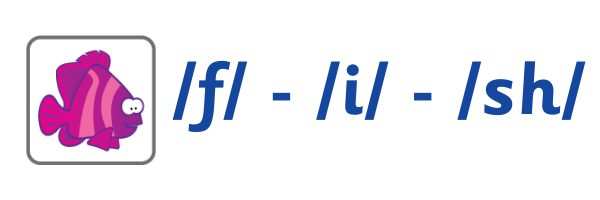
Oral segmenting is a phonemic awareness skill and a crucial building block of independent reading and writing. As children learn phonics, they begin to connect these phonemes with their visual representation (the alphabetic code).

When writing, children are encouraged to segment the words by listening to the sequential sounds in the words.
Research shows the importance of phonemic awareness in the early years, yet it is a step that is too often skipped. Many parents wonder why their child is struggling with spelling. My response is always to go back to the start: oral segmenting.
First, it’s important to remember that it isn’t an automatic skill and must be explicitly taught. When you’re teaching, try segmenting using these tips:
The following segmenting activities are my favourites. Give them a try and let me know what you think!
1. Blend and Go-Seek
Use a variety of objects or pictures (use our free Segmenting Picture Cards) together with the robot and robot voice.
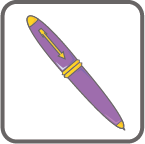


Children listen to the teacher segmenting one of the objects. The teacher asks children to “Find the b-oo-k.”, for example. Children then blend to select the correct object.
While the children are blending with this activity, they are also listening to segmenting by the teacher. Encourage the children to echo the segmenting using the robot voice.
Encourage a child to take on the role of the robot and repeat the same activity. This activity is great for practising both blending and segmenting.
2. Phoneme Finger Count
This game can be played in pairs. One child takes a picture card (from our Segmenting Picture Cards) or word (use our Home Reader Cards) from the pile. The child says the spoken word for the picture or reads the word. The partner uses their phoneme fingers to segment the word.

3. Segment and Peg it
Children are provided with clothing pegs, pictures and dots under each picture. The number of dots represents the number of phonemes for that spoken word. Children segment the word as they point to each dot. They repeat the segmenting as they attach a peg to each dot.
Variation: Once children can orally blend and have been taught letter-sound knowledge, this activity can be done with magnetic letters or pegs with letters written on each peg.
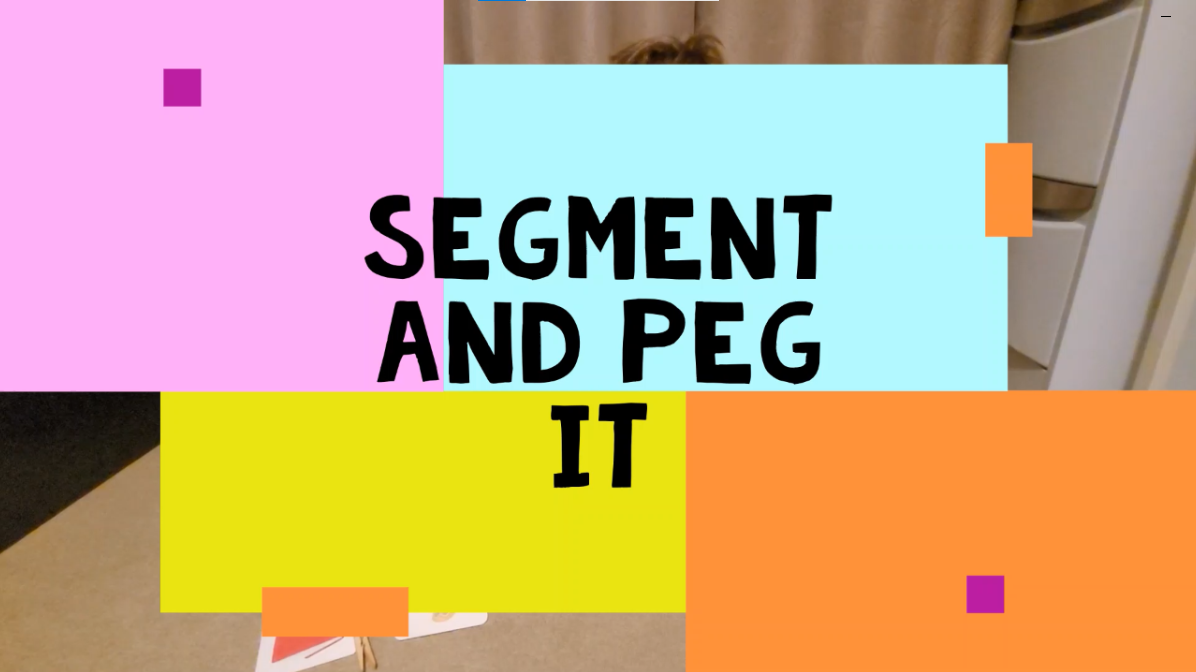
4. I Spy
This follows the same pattern as I Spy, however, instead of focusing on the first sound, the child segments the word for the others to blend.
E.g., “I spy with my little eyes something that I can see. It is a t-r-ee.”
5. Race Around the Phoneme Board
Download our Phoneme Board template for this activity. Separate children into small groups. A child starts by selecting a Segmenting Picture Card from the pile. The child segments the spoken word into phonemes and moves the counter based on the number of phonemes. The game continues in this manner until one child reaches the end of the racetrack.
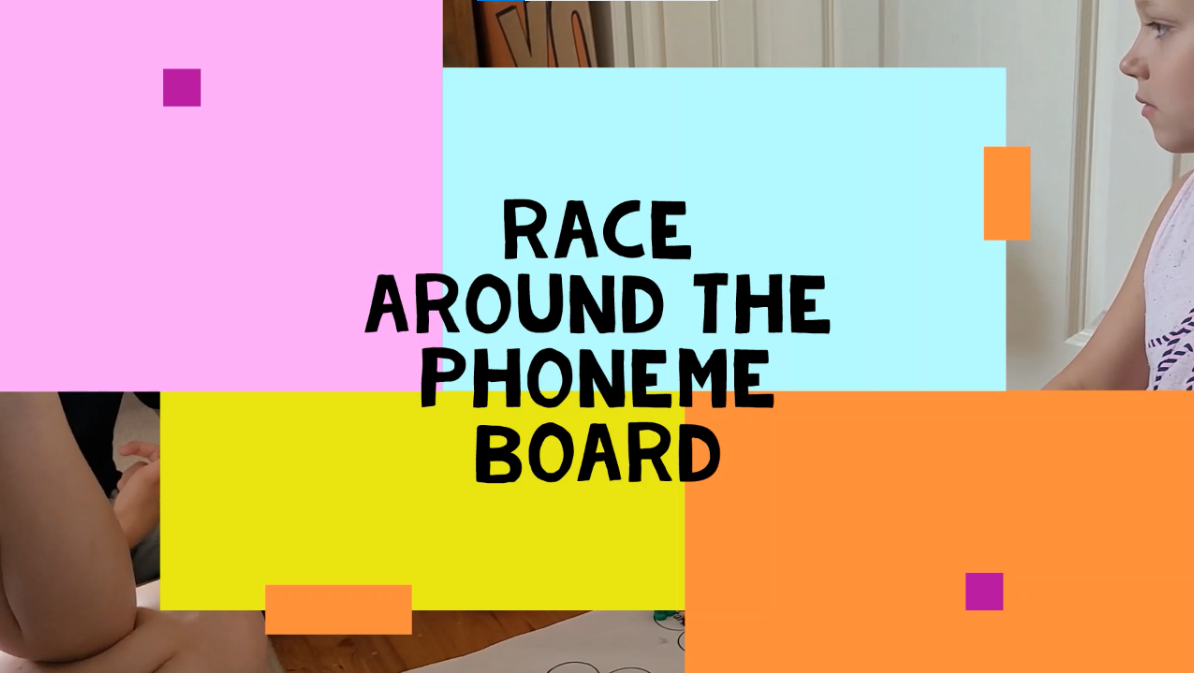
For more segmenting activities, take a look at Shirley Houston’s blog post on oral blending and segmenting.
Once children are confidently orally segmenting, you will then want to progress onto representing these sounds with letters in the written word. It’s tempting to announce “Grab your pencils – we are writing!” but think about how much cognitive load (the amount of information processing required to complete a learning task) you are burdening a child with.
On top of remembering the sound and which letter it’s associated with, by adding handwriting to the burden you are also expecting the emergent writer to juggle:

Compare that to simply selecting the correct magnetic letter from a group and moving it up the board.
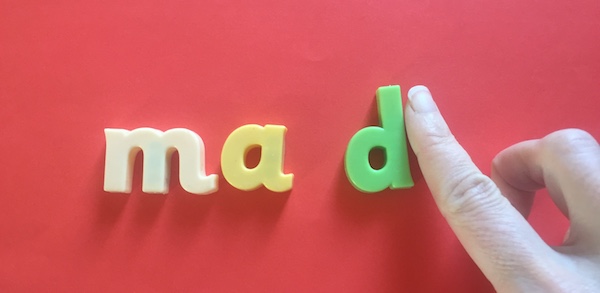
Magnetic letters are the Early Years teacher’s best friend (get spelling without the handwriting burden) – and foe (they get lost/mixed up!). Once children’s handwriting is progressing and they are segmenting with relative ease, teachers can then introduce the added challenge of handwriting!
Phonics Hero’s no-prep Phonics Lessons give teachers over 3,700 words broken up into the five-step segmenting process.
Step 1 – Say the Word Using a bank of 3,700 picture supported words, children say the decodable word or listen to the audio. |
|
Step 2 – Stretch the Word This word is then stretched to emphasise each of the sounds. |
|
Step 3 – Count the Sounds Using our interactive sound buttons, children listen for and count the sounds. |
|
Step 4 – Represent the Sounds Next, write down the letter or letters which represent each of the sounds. |
|
Step 5 – Check It Looks Right Children compare their answer to the word. |
It gives you a bank of decodable words which use your lesson’s target phonemes and guides students through the 5-step process. Then – when children are ready – you can apply this learning to writing sentences with the Phonics Lessons sentence tool.
You can grab a free 30-day trial by signing up for a Teacher Account.
And so the journey into the wonderful world of writing begins!
The reading and writing journey of our children begins as they develop their phonemic awareness skills and are explicitly taught how to use their letter-sound knowledge to blend and segment. Reading a written piece from an emergent writer experimenting with print using segmenting as a spelling strategy always excites me as a teacher; a child can convey a lot when they have the basic phonics code under their belt!
The following piece was from one of my students who used a combination of the phonological form and visual form of spelling.
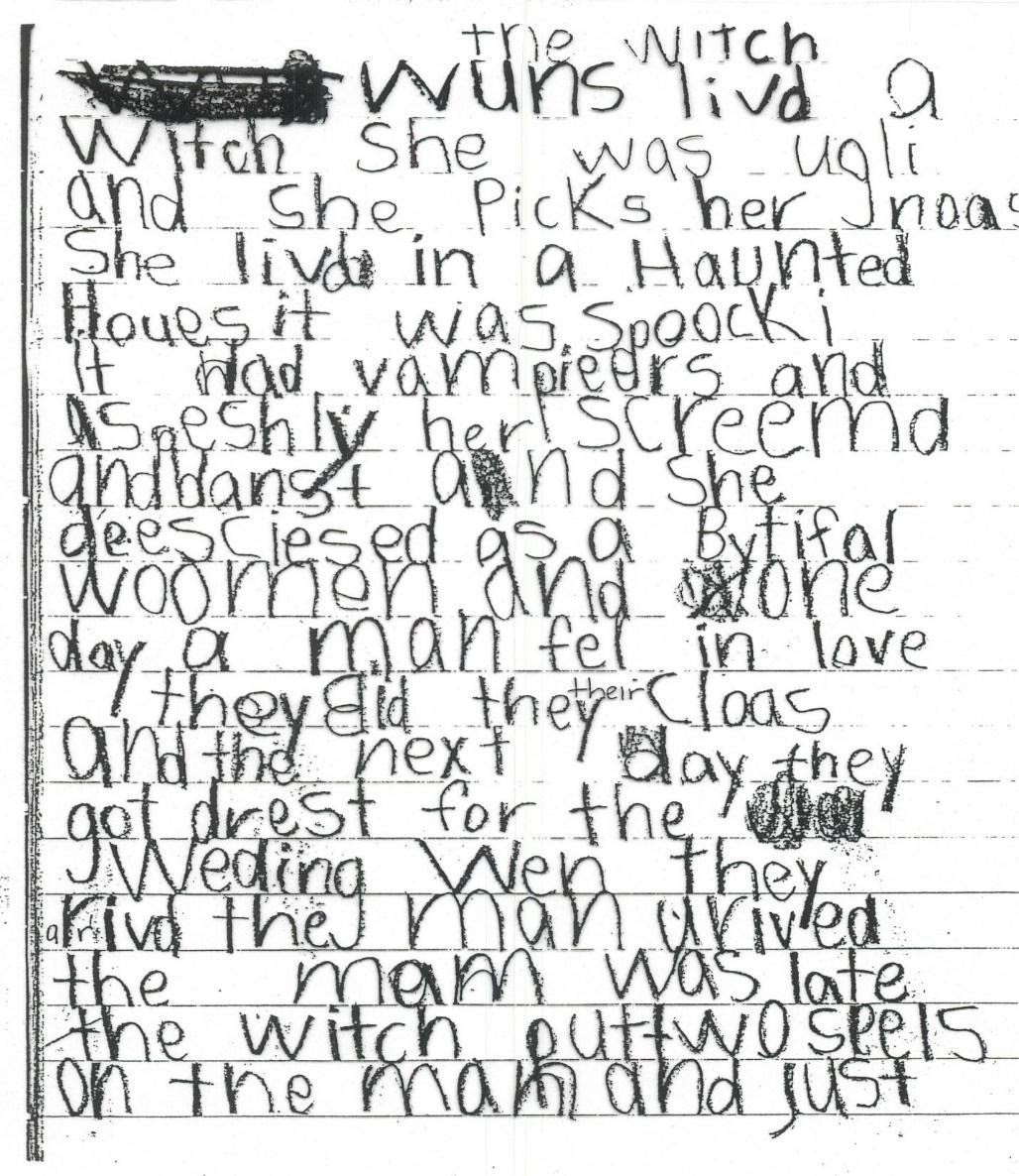
Remember, segmenting must be taught NOT caught.